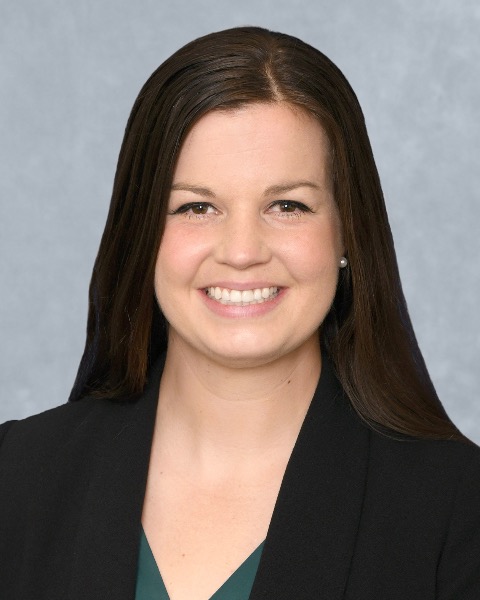Cerebrovascular
The “Micro-pterional” Approach: A single-institution case series.
The “micro-pterional” Approach: A Single-institution Case Series

Amanda M. Roehrkasse, MD, PhD
Neurosurgery Resident
National Institutes of Health
Bethesda, MD, US
Presenting Author(s)
Introduction: The pterional craniotomy has been the workhorse approach for surgical access to the anterior skull base and sylvian fissure. Based on working corridors around the sphenoid wing and through the sylvian fissure, neoplastic and vascular disease can be treated with microsurgical precision. Applying the principles of keyhole concepts to this approach has yielded development of minimally invasive (MIS) advances including the “mini-pterional” approach wherein a tailored incision and bone flap centered over the anterior sylvian fissure is performed. Despite considerable interest, significant variation in technique, craniotomy and incision size, and technical considerations exist in the available literature. Here, we describe a further improvement of this approach called the “micro-pterional” and present our series of cases where it has been successfully utilized.
Methods: We conducted a retrospective case review of patients that underwent transcranial MIS between December 2020 to October 2024. Clinical data including patient demographics, length of stay and pathology were collected by chart review. The craniotomy size was measured by assuming a roughly circular craniotomy and calculating the area based on the mean craniotomy diameter out of 4 measurements.
Results: 17 patients underwent micro-pterional approach for aneurysm clipping. The average patient age was 61 years old. Successful clipping of the aneurysm was achieved in all cases. There was one post-operative complication (small stroke). The approximate area of the craniotomy was 45.6 mm^2 (SD = 6.0). For reference, the average adult perforator burr hole is approximately 20-25 mm^2. The Micro-pterional approach enables use of short incisions sparing both STA branches and allows for rapid wound healing and minimal edema.
Conclusion : With technical advances in operating room tools, microscopy and microsurgery, micro-craniotomies can be effectively used for microsurgical treatment of sylvian and anterior skull base pathology, producing less wound-related complications and better cosmesis leading to overall better outcomes.
Methods: We conducted a retrospective case review of patients that underwent transcranial MIS between December 2020 to October 2024. Clinical data including patient demographics, length of stay and pathology were collected by chart review. The craniotomy size was measured by assuming a roughly circular craniotomy and calculating the area based on the mean craniotomy diameter out of 4 measurements.
Results: 17 patients underwent micro-pterional approach for aneurysm clipping. The average patient age was 61 years old. Successful clipping of the aneurysm was achieved in all cases. There was one post-operative complication (small stroke). The approximate area of the craniotomy was 45.6 mm^2 (SD = 6.0). For reference, the average adult perforator burr hole is approximately 20-25 mm^2. The Micro-pterional approach enables use of short incisions sparing both STA branches and allows for rapid wound healing and minimal edema.
Conclusion : With technical advances in operating room tools, microscopy and microsurgery, micro-craniotomies can be effectively used for microsurgical treatment of sylvian and anterior skull base pathology, producing less wound-related complications and better cosmesis leading to overall better outcomes.

.jpg)